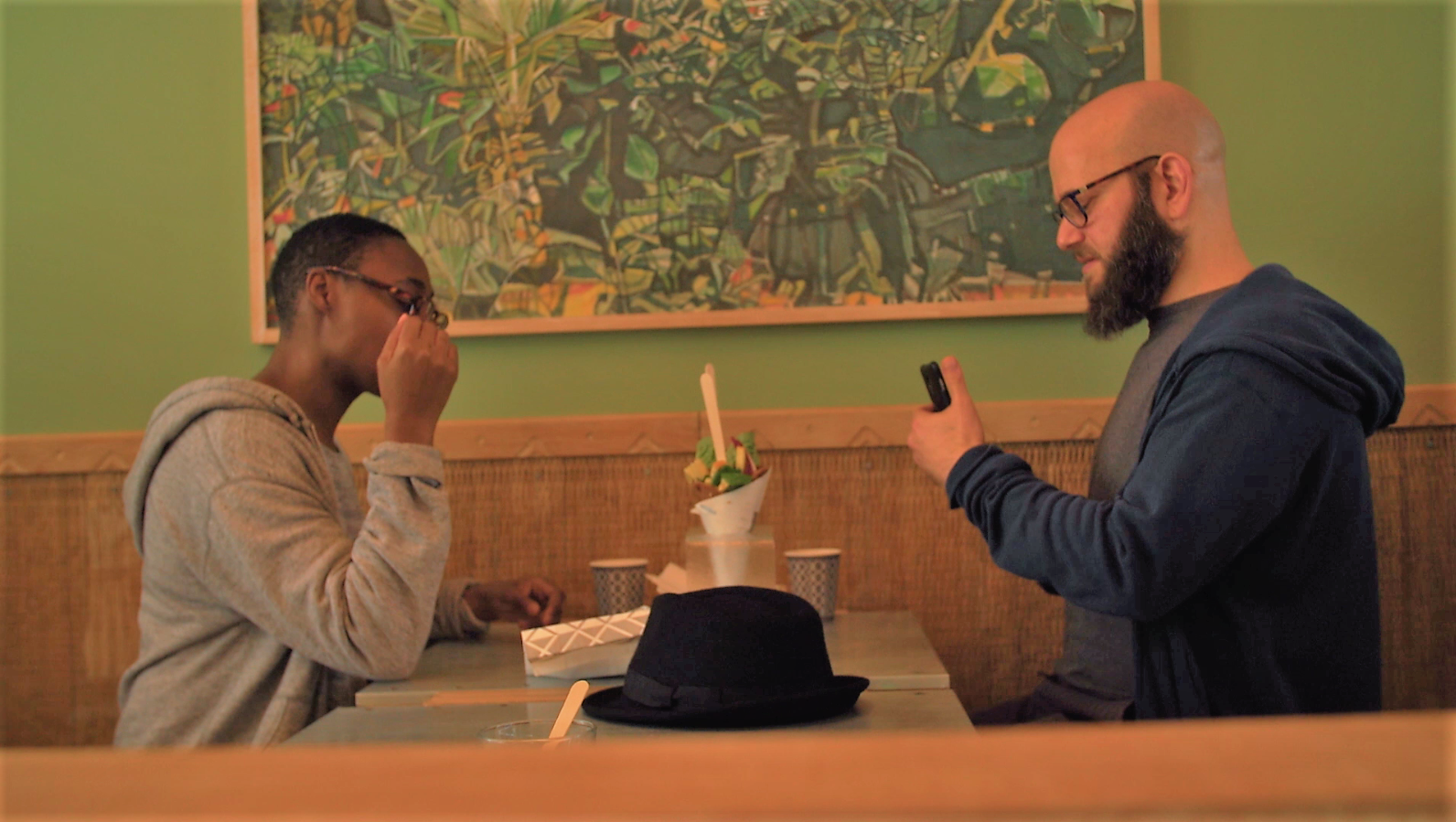At the Chicago Subway Convention I had an epiphany, a realisation through human observation. I could try and explain it to you in my own words but, by chance, I stumbled across a word online which I think sums up the concept perfectly.
Sonder
n. the realisation that each random passerby is living a life as vivid and complex as your own—populated with their own ambitions, friends, routines, worries and inherited craziness—an epic story that continues invisibly around you. (John Koenig – dictionary of obscure sorrows).
Ok, Sonder is technically a made up word but my point still stands: our customers are real people. It seems obvious, but sometimes we are so focused on our customers being customers that we forget this really important fact.
At PXtech, a vital part of our development team’s ethos is to keep the customer as our primary focus. We start thinking about our customer at the design phase and constantly try to refine our products through the development life cycle. We constantly ask questions like “Why would our customers use this?” and “How could we make this easier for our customers to use?” to ensure we’re on the right track. This approach is already working. I had many people at the convention tell me that they liked what we’ve created and I saw how passionate some of our customers were about our products. However, to take our products to the next level, I think we need to keep in mind the concept of sonder.
Whenever we start to create something, we should not only be thinking about what our customers need as customers, but also what they need as people. We should be creating something which feeds into their lives seamlessly and aims to make their complexities simple. We should be thinking about what stresses them out on a day to day basis and how our software can make them feel better, happier and healthier by taking away even one little stressor.
From a business point of view, we can start to build up complex pictures of who our customers are, what tasks they do, what they find difficult and most importantly, how they want to use our tools. We can make sure our products are inclusive by catering for all different types of customers. For example, our products should be crisp and simple enough for those who require automatic, high level or quick solutions but detailed enough for those who prefer something configurable and highly detailed. To understand our customers as people means we can ensure we deliver products that are truly valuable for all.
From a selfish perspective, the idea of sonder makes me feel really good about what I do. Yes, we can help save our customers’ time and money but we could also be giving them the tools to enhance their lives in other ways. Just think: we create a product which reduces the time a customer spends on activity X by 30 minutes each week. Making a task more efficient for a customer is always a success but when we factor in sonder, we could also be doing something much greater. Our customer will now have an extra 30 minutes of free time each week. This is 30 minutes they could use to meet with their friends, take their dog for a walk or play with their children. 30 minutes doing something fun or at least something less stressful than activity X. To me, this is a really nice thought. It makes things seem more personal and definitely makes me more passionate.
We can use the concept of sonder to spark new ideas and use it to innovate thoughtful solutions. The next time you’re working on a product, just stop and think. Realise that what you’re doing really can have a positive and meaningful impact on somebody’s life.
Kim Hoffman, Senior QA Analyst






